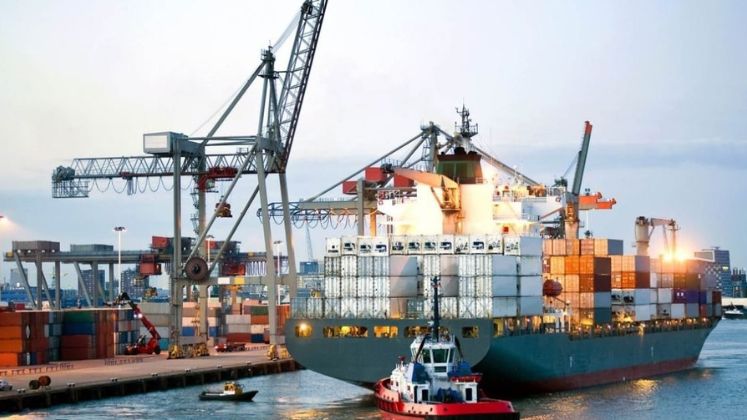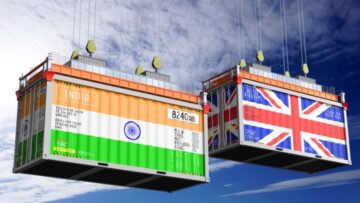
Bangladeshi apparel manufacturers are experiencing delays in confirming work orders for the upcoming summer season, as US retailers and brands await the final decision on reciprocal tariffs from the US Government, expected in early July.
Typically, Western buyers place orders for seasons like summer and autumn between June and September. However, this year, while production slots are being booked as usual, confirmation of these orders is taking longer than usual. Manufacturers report that US-based clients remain cautious, adopting a wait-and-see approach amid ongoing tariff uncertainties.
In the meantime, exporters are focused on shipping apparel for the upcoming Christmas season, with shipments expected to continue until early October. These shipments from Bangladesh, like those from other countries, will face an additional 10% baseline tariff introduced by the Trump administration.
In April, US President Donald Trump announced plans for high reciprocal tariffs on imported goods, initially set to take effect from 9th April. However, just before implementation, the administration announced a three-month pause, pushing the deadline to 9th July. Bangladesh’s exporters are hopeful that Washington may reconsider the proposed tariff rates, particularly for key sourcing countries like Bangladesh.
Faruque Hassan, managing director of Giant Group, warned that under the new tariff plan, Bangladeshi products could face a 26% tariff, second only to China, comprising the baseline 10% plus an additional 16%. Hassan expressed concern over the potential impact, noting that such a rate would be the highest ever for Bangladeshi apparel sold in the US.
Despite the tariff uncertainties, Bangladesh’s garment exports to the US have continued to grow. Between January and April, exports increased by 29.33% year-on-year to US $ 2.98 billion, according to the Office of Textiles and Apparel (OTEXA). Overall, apparel imports from Bangladesh to the US during this period totaled US $ 26.22 billion. For the fiscal year ending in May, Bangladesh’s garment exports to the US rose by 19.23% to US $ 7.03 billion, as per the Export Promotion Bureau (EPB).
Industry insiders note that global sourcing strategies adopted by US retailers, such as diversifying suppliers to mitigate tariff impacts, have supported export growth despite ongoing challenges. The Bangladeshi garment sector has faced multiple hurdles since the COVID-19 pandemic, including geopolitical tensions, supply chain disruptions, energy shortages, and labor unrest.
Ramzul Seraj, managing director of Elite Garments Ltd, highlighted that US demand remains steady, with work orders continuing as before, despite the global uncertainties. Conversely, Sharif Zahir, managing director of Ananta Group, warned that order inflows might stay sluggish for another three months due to buyer indecision regarding the tariff situation and broader economic and political instability.
Some US buyers have attempted to share the additional tariff burden with suppliers and partners, with fabric suppliers and importers reportedly splitting around 3% of the extra cost. Mahmud Hasan Khan Babu, president of the Bangladesh Garment Manufacturers and Exporters Association (BGMEA), emphasized that work orders are still slow as companies await clarity on the final tariff decision.
Industry leaders remain hopeful that the US Government will reconsider the proposed tariff rates, which could have significant implications for Bangladesh’s apparel exports in the coming months.






